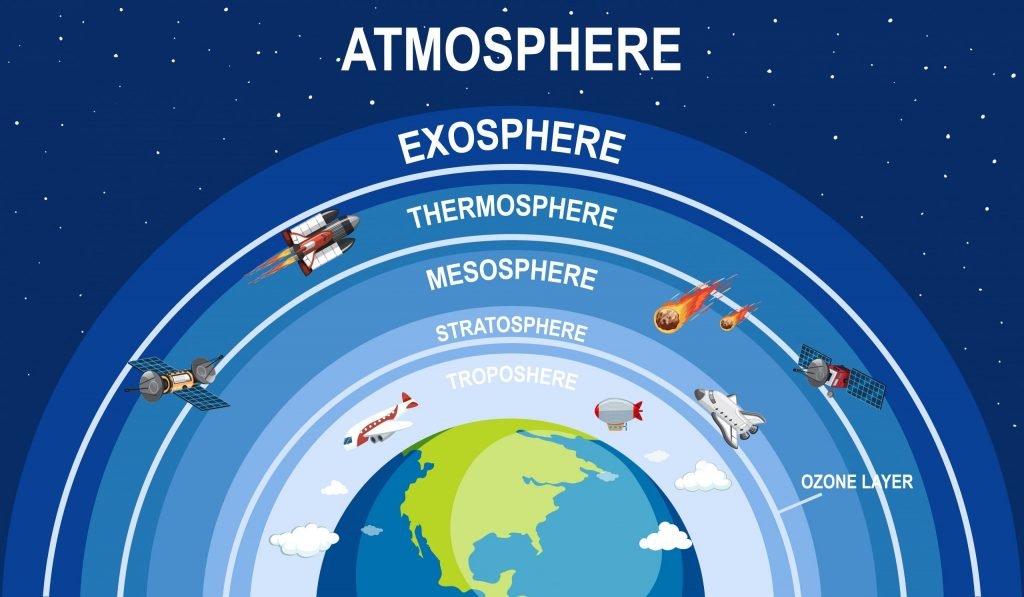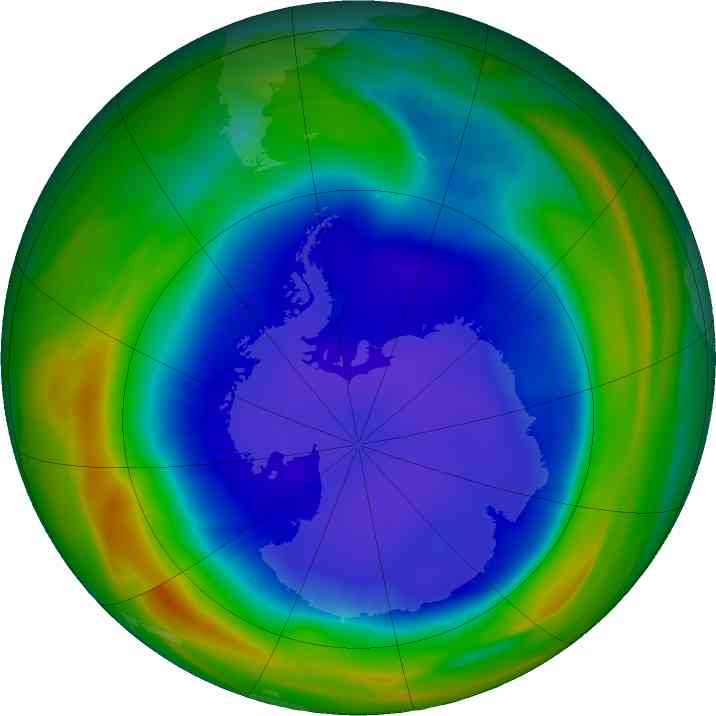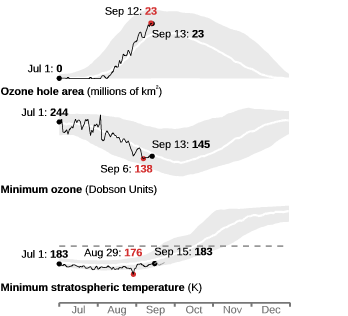To spread awareness about the depletion of the ozone layer and find possible solutions to protect it. Every year on 16 September, the world celebrates World Ozone Day.
Scientists, environmentalists and teachers teach students about the benefits of the ozone layer. Furthermore, to spread awareness, numerous organisations organise various special programs and activities.
History of World Ozone Day
On 16 September 1987, the United Nations and 45 other countries signed the Montreal Protocol on Substances that exhaust the Ozone Layer. Every year this day, the world observes the International Day for the Protection of the Ozone Layer.
The purpose of the Montreal Protocol is to protect the Ozone layer by reducing the production of substances that are supposed to be responsible for Ozone layer depletion.

The theme of International Day for the Preservation of the Ozone Layer 2021 on the occasion of World Ozone Day
The theme for the International Day for the Prevention of the Ozone Layer 2021 is Montreal Protocol – Keeping us, our food, and vaccines cool.
The Montreal Protocol started life as a global agreement to protect the ozone layer. A job it has done well, making it one of the most successful environmental agreements to date.
World Ozone Day 2021 seeks to highlight the Montreal Protocol by slowing climate change and helping to promote energy efficiency in the cooling sector, which contributes to food security.
What is an Ozone?
Ozone is a colourless gas. Chemically, ozone is very active. It reacts quickly with many other substances. Near the Earth’s surface, this gas can cause the rubber to crack, injure plant life and damage people’s lung tissue.
But ozone also absorbs harmful components of sunlight, known as “ultraviolet B” or “UV-B”. Above the surface, even above weather systems, a thin layer of ozone gas absorbs UV-B, protecting living things below.
What is an Ozone Layer?
The ozone layer is also known as the ozone shield. It is a thin layer of gas in Earth’s stratosphere that absorbs most of the Sun’s ultraviolet rays which is harmful to human life and other life forms.
These rays can cause many skin diseases. The layer absorbs about 97 to 99 per cent of ultraviolet rays and maintains the ozone-oxygen cycle.

Importance
Life on Earth would not be possible without sunlight. But the energy originating from the Sun would be much more for the growth of life on Earth if it were not for the ozone layer.
This stratospheric layer protects the Earth from most of the harmful ultraviolet radiation of the Sun. The first ozone hole was discovered over Antarctica 30 years ago, in May 1985.
Later, NASA found that the whole of Antarctica was affected, and the temperature began to rise.

What is the Ozone hole?
Every year during the Southern Hemisphere spring for the past few decades, chemical reactions involving chlorine and bromine destroys ozone in the South Polar Region very quickly.
This empty zone is known as the “ozone hole”. The area of the ozone hole is by a map of the total ozone column.

It is calculated from the area on the Earth that is enclosed by a line with a constant value of 220 Dobson Units. The value of 220 Dobson Units is chosen since total ozone values of less than 220 Dobson Units were not found in the historic observations over Antarctica before 1979.
Also, from direct measurements over Antarctica, a column ozone level of less than 220 Dobson Units is a result of the ozone loss from chlorine and bromine compounds.
What is a Dobson Unit?
The Dobson Unit (DU) is the unit of measure for total ozone. Suppose you take all the ozone in a column of air extending from the Earth’s surface to space. And bring all that ozone to standard temperature (0 °C) and pressure (1013.25 millibars, or one atmosphere, or “ATM”). , the column will be about 0.3 cm thick. Thus, the total ozone would be 0.3 atm-cm.
What is the cause of Ozone hole?
The main cause of ozone depletion and the ozone hole is manufactured chemicals, especially manufactured halocarbon refrigerants, solvents, propellants, and foam-blowing agents (chlorofluorocarbons (CFCs), HCFCs, halons).
Since the early 1970s, scientists have observed a reduction in stratospheric ozone and it was found more prominent in Polar Regions. ODS substances have a lifetime of about 100 years.
What helped correct ozone layer thinning?
Healing the ozone hole is a matter of making sure no ozone-depleting gases reach the stratosphere. In 1987, the United Nations established the Montreal Protocol to regulate the quantity of these gases in the atmosphere. By 197 countries, the Montreal Protocol was signed and is the only United Nations treaty in history to achieve universal ratification.
Over time, the protocol was updated by including more substances that can damage the ozone layer and the climate. For example, in 2016, hydrofluorocarbons were added to the list of controlled substances as potent greenhouse gases. The treaty is considered one of the most successful protocols to tackle the environmental challenge caused by humans.
What can we do to protect the ozone layer?
We can reduce the use of vehicles!
The best transportation option is to walk or take a bicycle. If you need transport to get to a destination, why not try carpooling with others. This method will reduce the use of cars/bikes to save money and reduce pollution.
You can also avoid the use of cleaning items that are harmful to both us and the environment. You can also avoid using cleaning items that are harmful to both us and the environment.
What many people don’t notice is that many cleaning products on the market today contain substances that are corrosive and also solvents. Instead of using these hazardous substances, using products that are not toxic, such as bicarbonate or vinegar, should be considered.
The World Ozone Day reminds us: “Don’t let the future go up in smoke. SAVE THE OZONE as no life is possible without it.”

